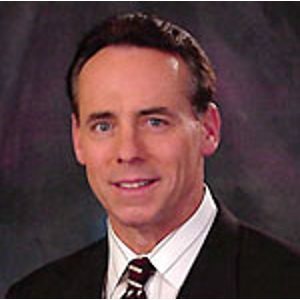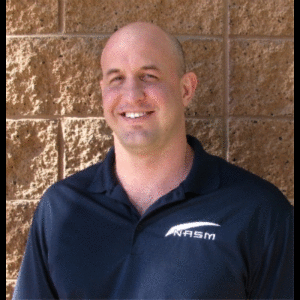First off, it's important to note that at least 8 to12 hours may pass between dinner or an evening snack until waking. This means energy levels are at their lowest upon waking or after a long break between meals. Secondly, exercise itself does not burn a great amount of fat no matter how long the activity. It is the contribution of exercise to a person’s total daily energy expenditure (TDEE), including the intensity, that affects fat loss. In other words, exercise simply adds to your daily calorie burn, and as long as you don’t consume more to compensate (keeping your intake below your burn) the body must draw on its fat stores and you’ll lose fat throughout the entire day. So if you properly eat before exercise, you have the potential to perform better, enhance recovery and burn more calories, including fat calories. The higher the intensity of your workout (which you can now perform thanks to having filled your energy stores with a pre-workout snack), the more calories from fat you will use throughout the day. The energy or calorie deficit, not the workout or when you eat, determines how much weight/fat you lose. We’re not suggesting you add calories to your daily intake. Simply adjust the way you distribute your total allowed calories (based on your goal) throughout the day. Spacing meals properly has added benefits, such as using more calories to digest each meal, a steady stream of nutrition (enhancing recovery and energy) as well as controlling hunger.
You will burn a higher percentage of fat by exercising on an empty stomach, but only if using a low intensity exercise (walking, light cardio). However, by exercising at a low intensity you will not burn many calories, which is ultimately what causes weight loss.
As exercise intensity increases (running, weight training) you use more and more carbohydrates as a fuel source. If exercising at a higher intensity your body will turn to proteins (muscle) as a fuel source if you are running low on carbohydrates, which will happen if exercising for an extended period on an empty stomach.
Continue Learning about Cardiovascular Training
Important: This content reflects information from various individuals and organizations and may offer alternative or opposing points of view. It should not be used for medical advice, diagnosis or treatment. As always, you should consult with your healthcare provider about your specific health needs.


